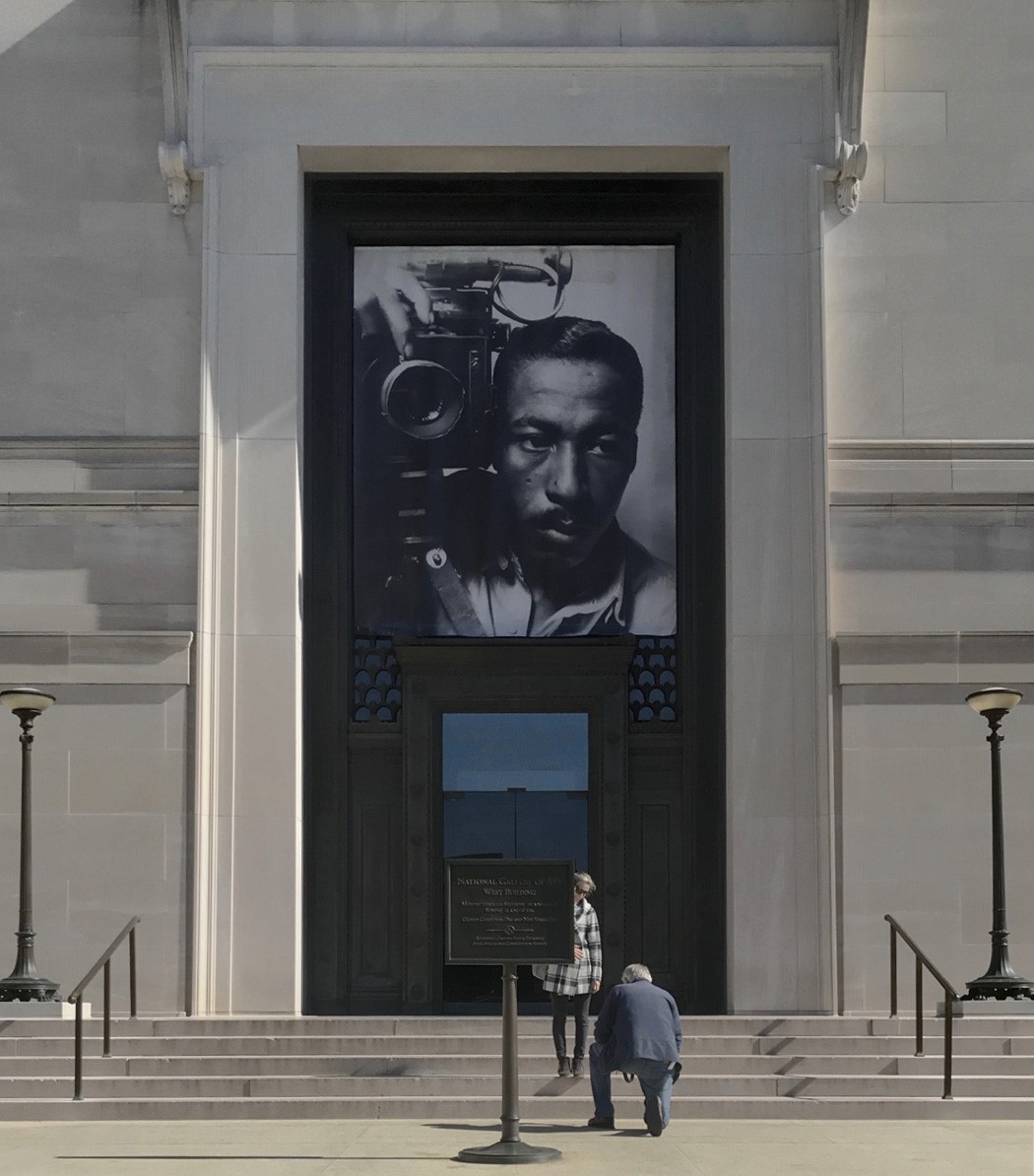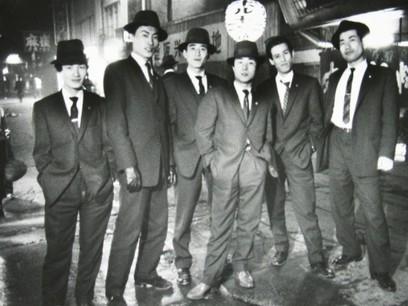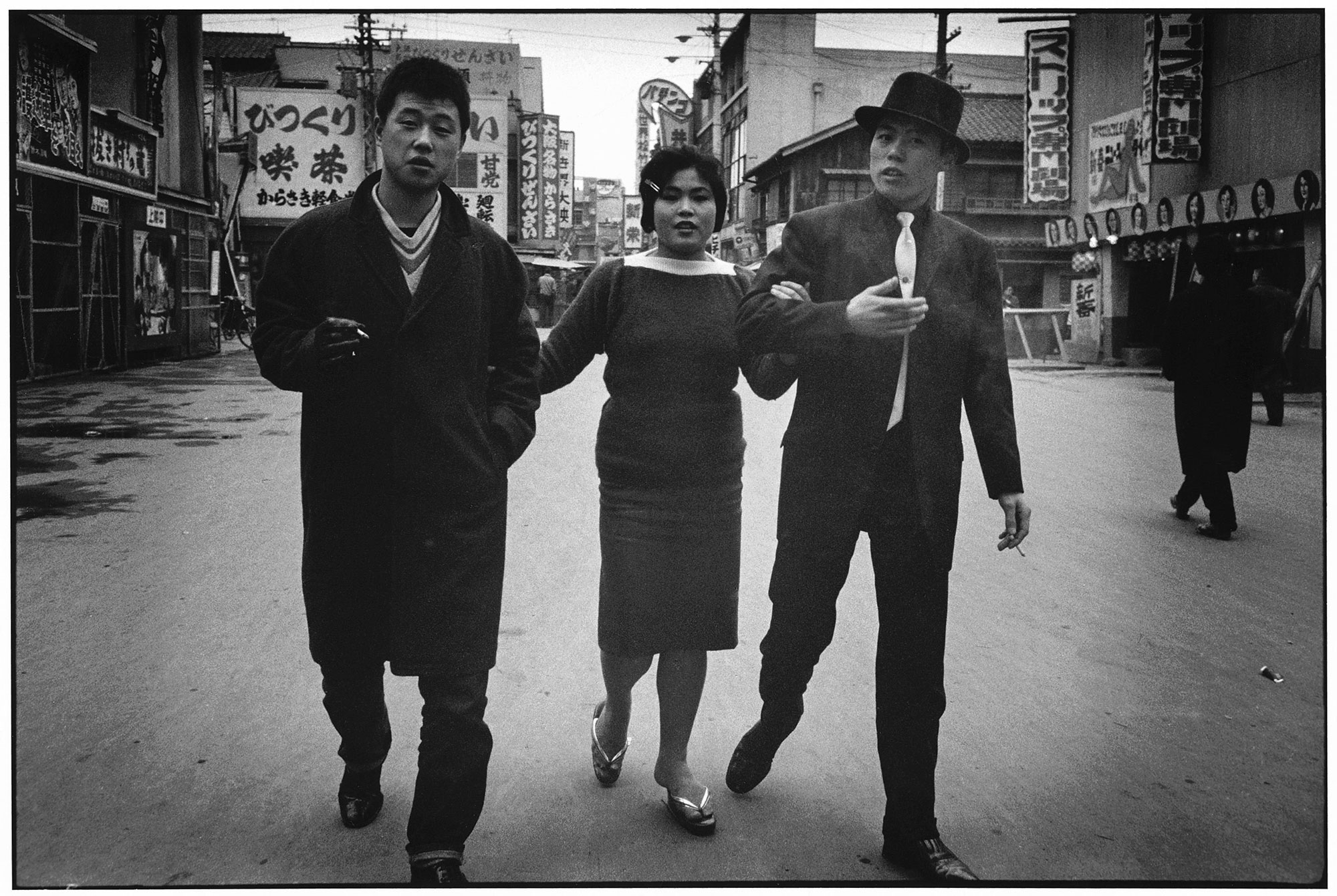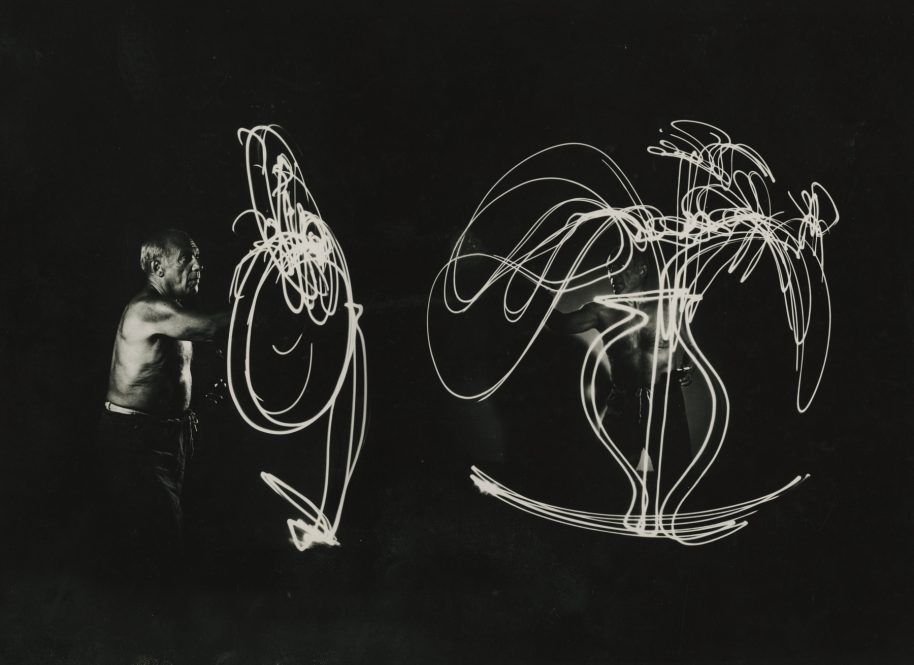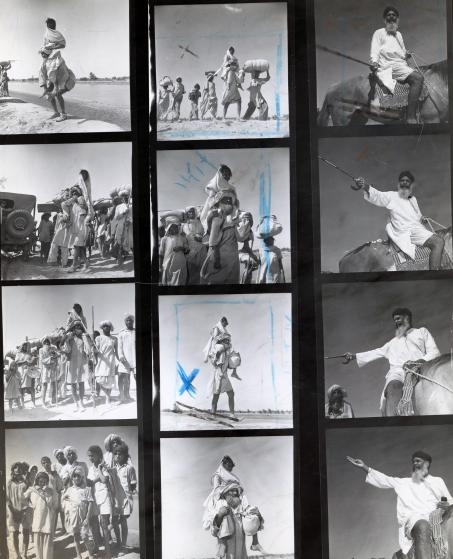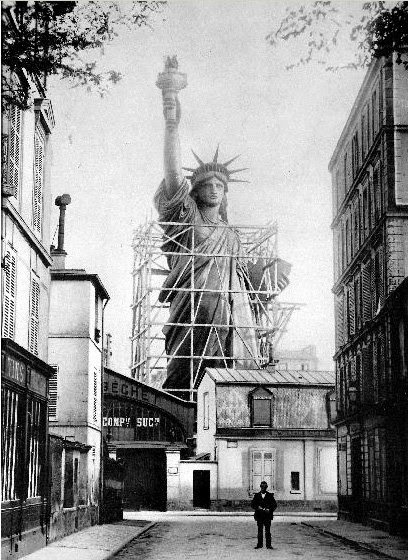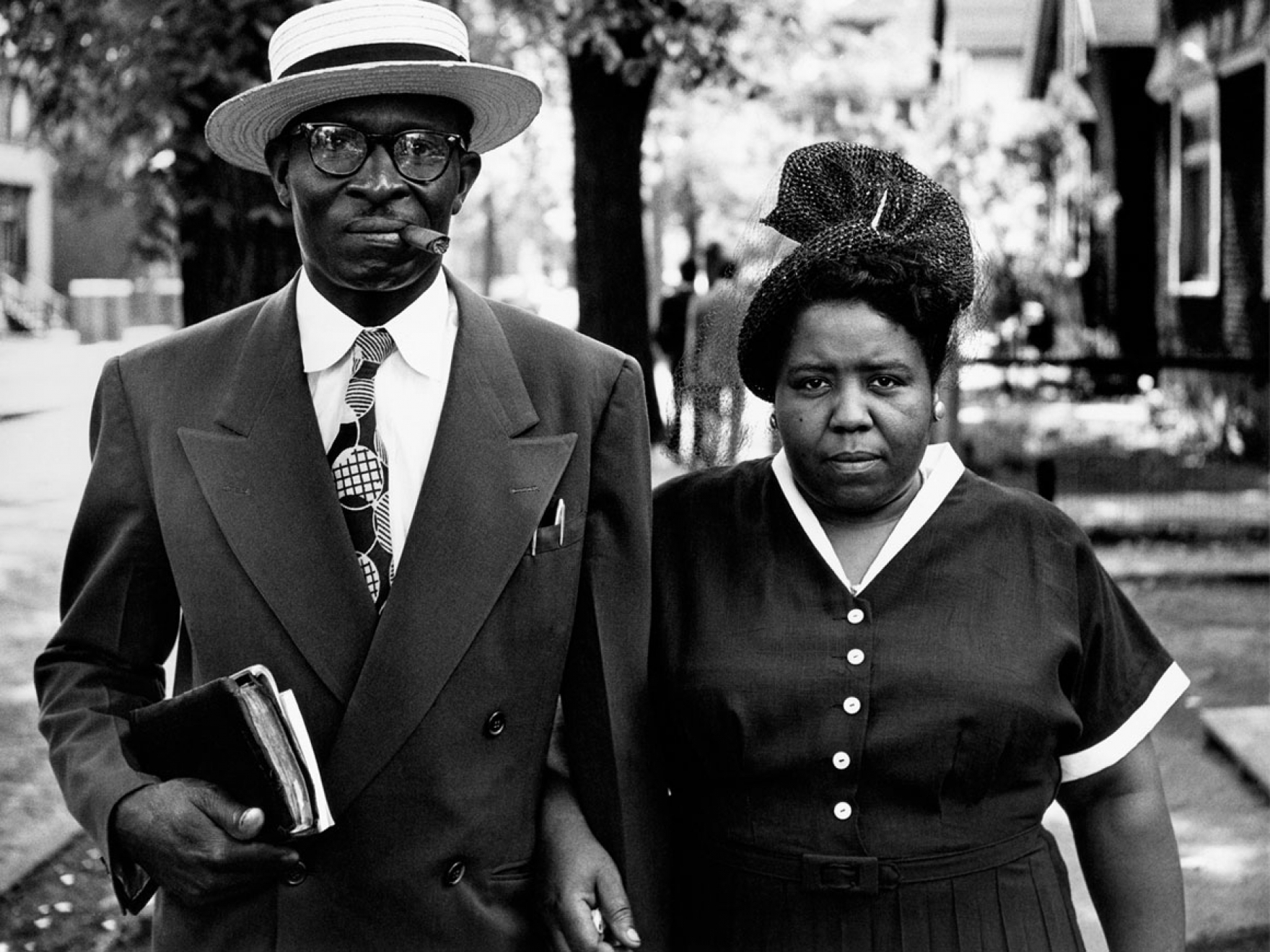
Emerging Man, Harlem, New York, 1952
Gordon Parks
Gordon Parks (1912-2006) was born into poverty and segregation in Kansas in 1912. After buying a camera at a pawnshop and despite his lack of professional training, found employment with the Farm Security Administration (F.S.A.), which was then chronicling the nation’s social conditions. When the F.S.A. closed in 1943, Parks became a freelance photographer, balancing work for fashion magazines with his passion for documenting humanitarian issues. His 1948 photo essay on the life of a Harlem gang leader won him widespread acclaim and a position as the first African American staff photographer and writer for Life magazine. Parks remained there for two decades, chronicling subjects related to racism and poverty, as well as taking memorable pictures of celebrities and politicians (including Muhammad Ali, Malcolm X, Adam Clayton Powell, Jr., and Stokely Carmichael). His most famous images, such as Emerging Man (1952) and American Gothic (1942) capture the essence of activism and humanitarianism in mid-twentieth century America and have become iconic images, defining their era for later generations. They also rallied support for the burgeoning Civil Rights Movement, for which Parks himself was a tireless advocate as well as a documentarian.
Parks spent much of the last three decades of his life working, winning numerous awards, including the National Medal of Arts in 1988, and over fifty honorary doctorates. He was also a noted composer and author, and in 1969, became the first African American to write and direct a Hollywood feature film based on his bestselling novel The Learning Tree. This was followed in 1971 by the hugely successful motion picture Shaft. The core of his accomplishment, however, remains his photography.
